Contact Us. Web site contents copyrighted. All rights reserved. Made With Serif WebPlus. Home

Antelope Plains, Devil’s Garden Ranger District, MNF
Sage Steppe Ecosystem Restoration Project
Modoc National Forest, Modoc County
Proposed February 19, 2015
The Devil’s Garden Ranger District of the Modoc National Forest is proposing the Antelope Plains Sage Steppe Ecosystem Restoration Project. This project proposes to restore upland vegetation by removing invasive juniper on approximately 1,628 acres of western juniper.
The official proposal document states under the PURPOSE and NEED section that “ Juniper is expanding into the project area which was formerly dominated by sagebrush, the preferred habitat for sage grouse. As juniper encroaches, sagebrush condition declines and habitat quality can decline to a point where grouse will no longer use the area. The purpose of the project is to enhance upland and riparian ecological conditions and provide for improved foraging and nesting conditions for sage grouse. Although the area is not currently used by grouse, improvements in habitat can encourage the expansion of grouse into formerly occupied areas.”
This is a worthy argument and goal supported by some science. The Forest Service would very much like to restore sage steppe habitat on the Modoc National Forest and have sage grouse move into the restored area. The problem is that the Forest Service has no money to restore suitable habitat on its own and must rely on juniper removal projects initiated by the National Resource Conservation Service which does have money for sage grouse habitat improvement projects. Unfortunately, projects paid for by the NRCS are brought forward by public land permit holders who run cattle on public land and wish to increase forage for their cattle on public land. A Forest Service project inspector once told us regarding an NRCS juniper removal project that NRCS would not pay for a project if there were too many juniper, including old growth juniper, remaining on the project site. This conflict of interest between the Forest Service, the land manager, and the NRCS, the agency that pays for the project, has caused and continues to cause disastrous effects to the old growth juniper communities on the Modoc National Forest.
The measuring stick has six inch increments in all images.
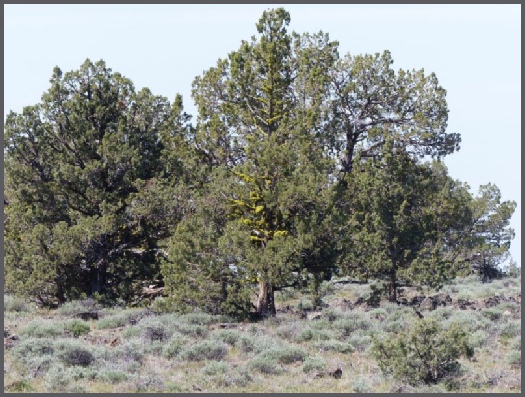
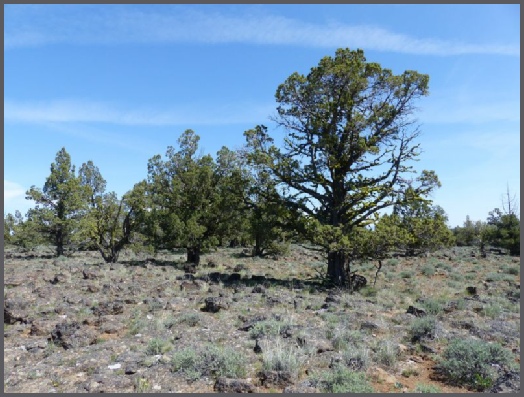
These two images of an old growth juniper community within the Antelope Plains Project illustrate the conflict of interest between Forest Service habitat restoration and NRCS range enhancement. There is no young encroaching juniper present, the sage is healthy, forbs and native grasses thrive, yet because of a desire to increase forage for cattle this old growth community is included in the juniper treatment area by the NRCS permit holder and the Forest Service. Often NRCS juniper removal projects are even implemented by ranch crews under the direction of the permit holder, creating an even greater conflict of interest.
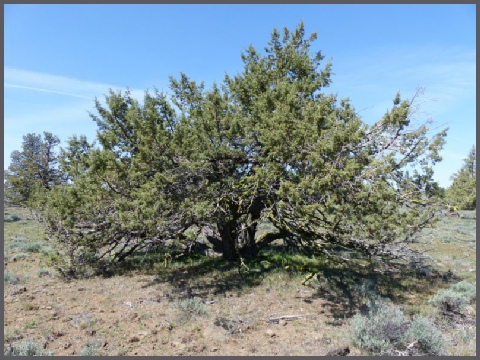
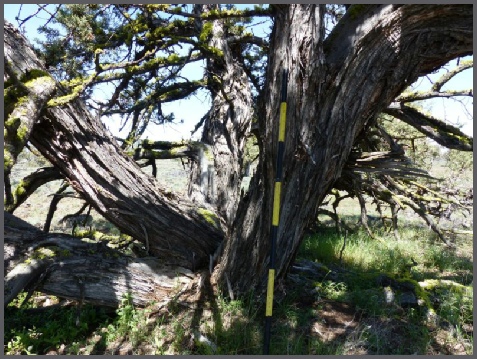
Old growth juniper with multiple trunks are routinely cut down during juniper removal projects on the Modoc National Forest. When an old growth juniper has noticeable growth leaders in the top branches,such as the single old juniper illustrated in the two images above, it is almost always cut down during a juniper project. Even though this tree exhibits other old growth characteristics such as an asymmetrical top, deeply furrowed, fibrous trunk bark and large branches with lichen at the base, it will probably be cut down during the Antelope Plains juniper project. Forest Service literature states that only one old growth characteristic must be present, not all, for a tree to be considered an old growth and therefore preserved.
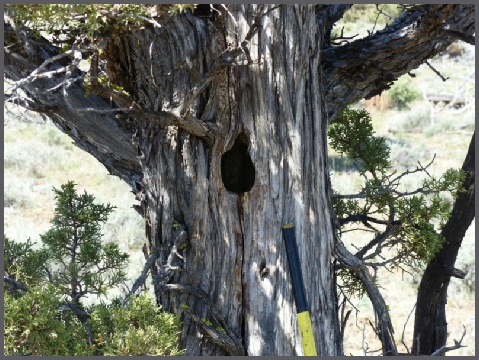
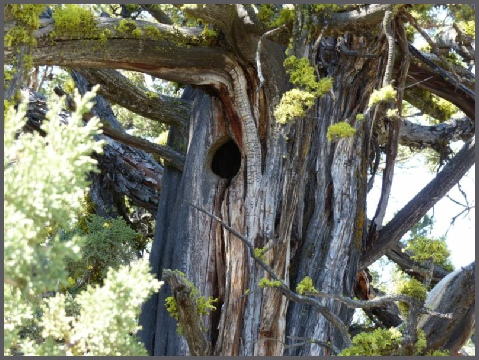
Active cavity nests are quite prevalent in the old growth juniper communities within the Antelope Plains juniper removal project because of the great age of the old growth trees. Many old juniper with active cavity nests were cut down by the Forest Service during the implementation of the Pinnacle Unit juniper removal project in 2014. Just another reason for the Forest Service to start flagging the old growth juniper communities as exclusion areas before implementation of juniper removal projects.
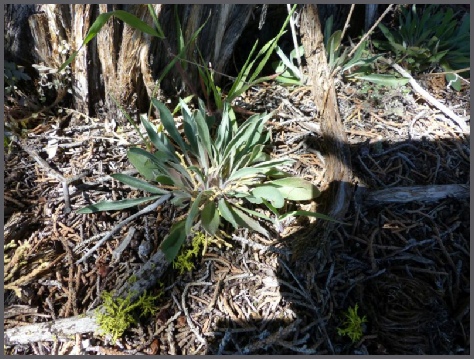
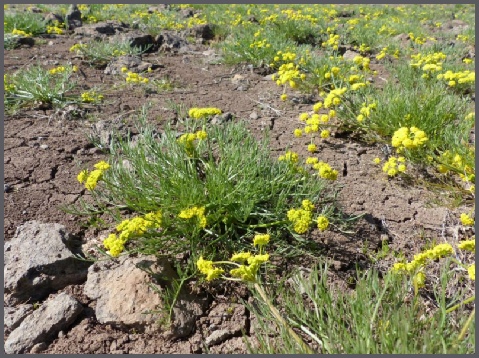
We have found Cusick’s stickseed, Hackelia cusickii, only under old growth juniper in old juniper woodlands. This one is within the Antelope Plains project. Hackelia cusickii is listed by the California Native Plant Society in its list of rare native plants as uncommon in California. Cusick’s stickseed does not survive after the protection of the old juniper is gone.
Wild flowers were in abundance when we visited the Antelope Plains project site on April 19, 2015. Click here for more images of the flowers that were blooming in this part of the project in April.
Galleries of Images
Antelope Plains Juniper Project Completed October 10, 2018
The Antelope Plains project is divided into 15 separate areas. We collected GPS and photo data regarding old growth juniper from two of those areas and shared that data with Modoc National Forest project personnel in April 2015. We also met with MNF personnel on the site of the Antelope Plains project where we collected our data regarding old growth juniper. The MNF then used orange tape to create a boundary around the old growth woodland for which we gave them data concerning the old growth. We have no idea what the MNF had in mind by putting the orange tape around the area where we collected old growth GPS data.
We visited the Antelope Plains Juniper removal Project on October 10, 2018 and found that 13 of the 15 separate areas of the project had been completed. No juniper were cut in the two areas for which we gave GPS data to MNF project personnel. We then inspected some other areas of the Antelope Plains project where juniper were removed.
The MNF range manager for this project is the same MNF range manager for the previously completed Big Sage Project and the Triangle Project. All three projects show similar results: many old growth juniper were cut down, many old growth were pruned up to allow cattle access to forage under old growth, many small multi - stemmed old growth juniper were cut down, numerous old juniper with active cavity nests were cut down. No matter what the Modoc National Forest project paper work says regarding old growth juniper, the results for juniper removal projects managed by this MNF range manager turn out the same: always a complete disaster for our public resources.

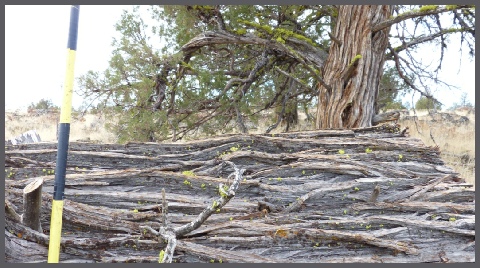
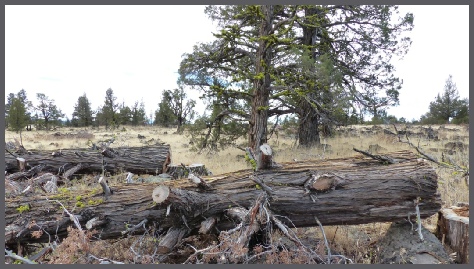
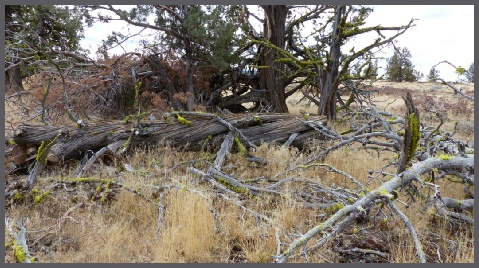
The four images above show old growth juniper cut by the Modoc National Forest on the Antelope Plains Project. Immediately next to the cut old growth juniper are old growth juniper left standing that exhibit exactly the same old growth characteristics as those that were cut down. The Forest Service paper work for this project clearly states that any juniper exhibiting “old growth” characteristics will not be treated. This is a prime example of the conflict of interest created when the Forest Service manages a project funded by the National Resource Conservation Service. The FS writes the paper work, the NRCS pays the contractor (often the permit holder) and the MNF range manager pays no attention to what happens to our public resources.
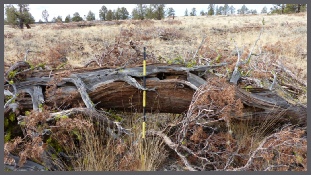
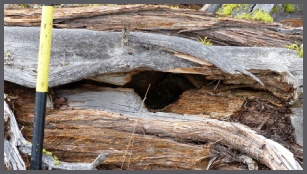
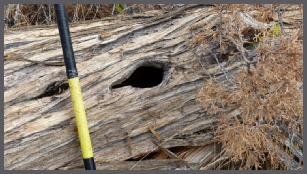
Because of the great age of the old growth juniper they are often used by cavity nesting birds as nesting sites. These three old growth juniper were trees that had active cavity nests in them and yet they were among the many old growth juniper cut down by the MNF on the Antelope Plains Project.
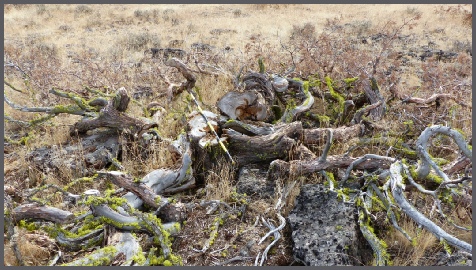
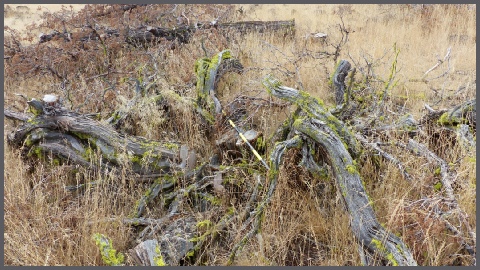
Size of a juniper tree is not one of the characteristics of an old growth. We have seen old growth juniper cut by the Forest service in juniper removal projects with trunk diameters less than 12 inches yet with ages of several hundred years. The two images above are small multi - trunk old growth juniper cut by the FS on the Antelope Plains Project.

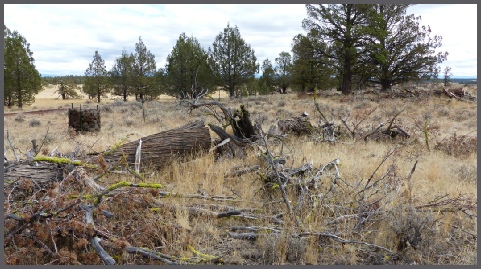
The Purpose and Need section for the Antelope Plains Juniper Removal Project states: “The purpose of the project is to enhance upland ecological conditions and provide for improved foraging and nesting conditions for sage grouse.” Endless cheat grass sprouted throughout the project where ever juniper were cut. Cheat grass is not listed in any of the literature regarding sage grouse foraging habits as “improved foraging conditions”. Many local ranchers and permit holders do not mind cheat grass however: “Cattle don’t like it (cheat grass) but they will eat it if they get to it early enough.” Compare the after implementation images above with the before implementation images at the top of the page.
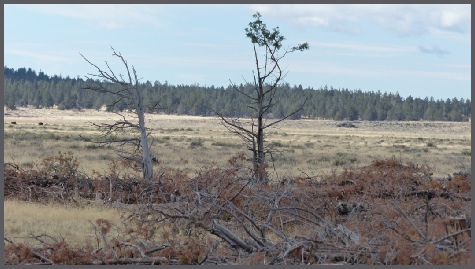
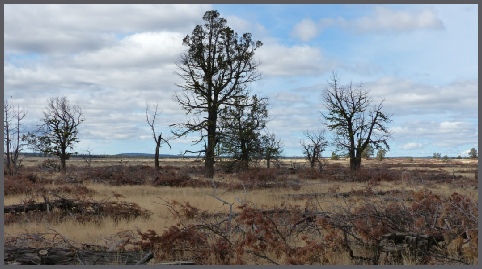
For some reason (?), the Forest Service decided to leave these dead young juniper and to cut down many old growth juniper during the implementation of the Antelope Plains Juniper Removal Project. After over 12 years of following the implementation of juniper projects by the Modoc National Forest, we have yet to figure out the real criteria the MNF uses when it decides to cut down a juniper or to leave it standing. You can find two other juniper projects managed by the same MNF range manager on these pages: Triangle Allotment and Big Sage Allotment. Both are contiguous with the Antelope Plains project so the cumulative effects over the years are severe and cover several square miles.